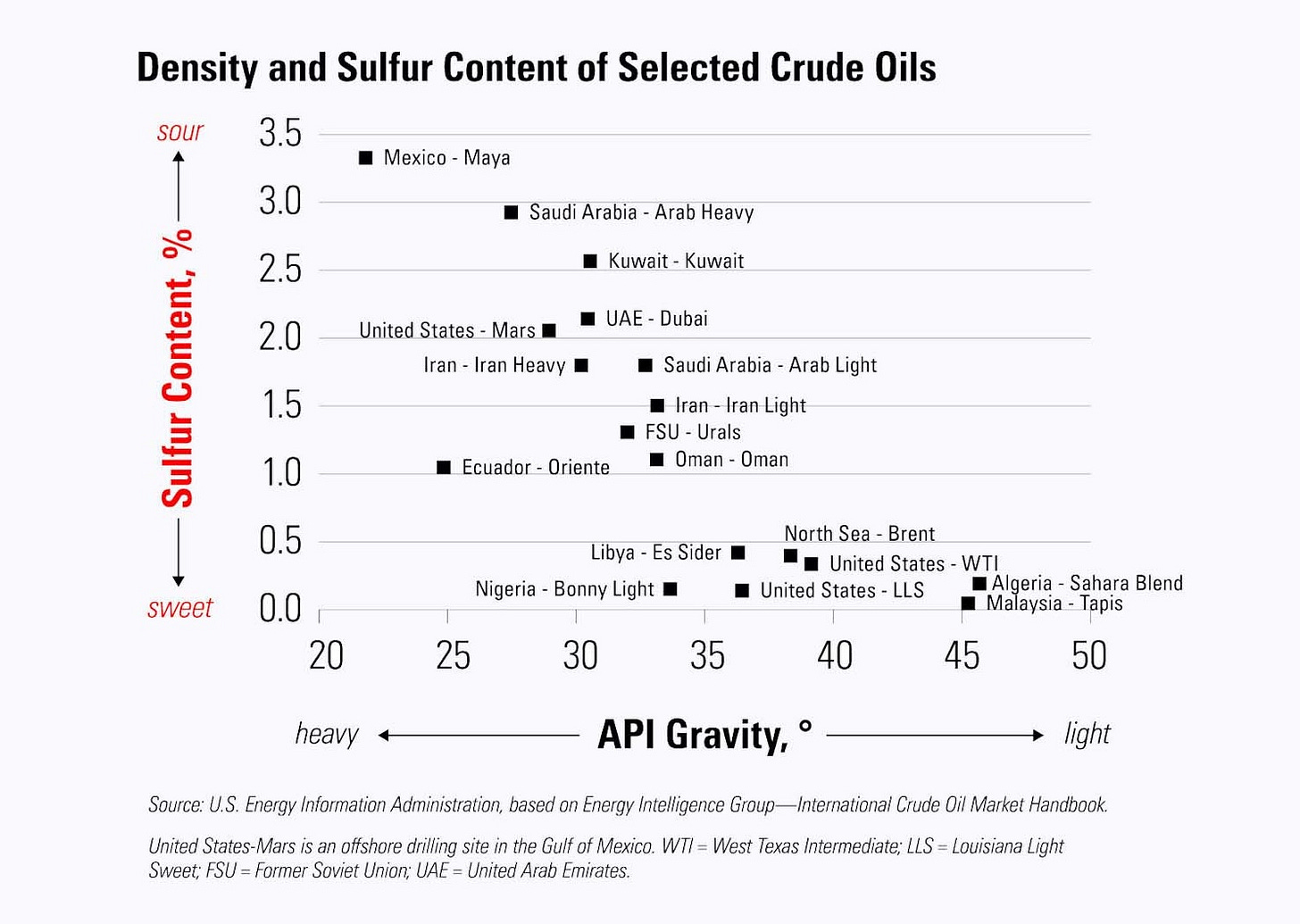Toe the Line
A look at the shipping industry’s efforts to achieve Net Zero.
“It is not when truth is dirty, but when it is shallow, that the lover of knowledge is reluctant to step into its waters.” – Friedrich Nietzsche
Much of the modern global economy’s evolution can be traced through the advancement of petrochemical refineries. These giant wonders of technology process unfathomable quantities of molecules, converting crude oil into all manner of useful finished products that meet fixed specifications. A refinery capable of processing 500,000 barrels a day sees some 55 billion pounds of stuff pass through its facilities each year. That’s a lot of stuff.
Every atom that flows into a refinery must leave it in one form or another—an obvious but often underappreciated constraint of refinery operations. The form in which certain atoms exit the fence line can have a huge effect on the environment, environmental regulations vary widely by jurisdiction, and the question of who is responsible for pollution is not always clear.
Heavy grades of crude, for example, might contain a small percentage of sulfur. When fuels are burned, the embodied sulfur impurities are emitted as sulfur dioxide, a chemical known to cause smog, acid rain, and other environmental damage. The technology required to remove sulfur from crude oil and have it exit refineries as a benign solid is well-known. Similarly, scrubbing sulfur dioxide at the point of combustion is a solved challenge, performed at power plants on a regular basis. Both processes are expensive, which means neither would get done unless compelled by government mandate, and loopholes will be routinely sought.
A massive loophole once existed in the global shipping industry, exploited for decades by all involved, through which a combination of relentless cost pressures and loose international pollution controls led to the widespread use of fuels laden with high concentrations of sulfur. Tens of thousands of massive cargo vessels and oil tankers crisscrossed global waters with nary a thought given to the huge amounts of sulfur dioxide their propulsion systems emitted into the atmosphere.
The party fizzled on January 1, 2020, when the International Maritime Organization (IMO) implemented IMO 2020, a rule that drastically limited the amount of sulfur permitted to be burned by the global merchant fleet, forcing ship owners to either switch to more expensive fuels or install scrubbers onboard their vessels to capture their emissions. The environmental benefits were quick to materialize:
By contrast, eliminating carbon from the exhaust pipes of ships is proving to be a far more challenging exercise. International shipping accounts for roughly 3% of total carbon emissions each year, a reasonably managed share considering 80% of the world’s commodities are moved by sea. Nonetheless, the sector has come under extreme pressure to achieve Net Zero by 2050. Billions will be spent chasing this goal in a pattern we see unfolding in myriad difficult-to-abate industries. Let’s sail through the various efforts, which range from the obvious to the absurd.



